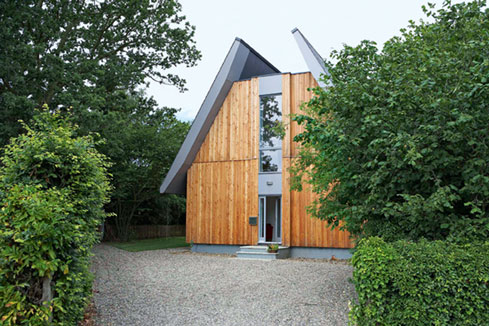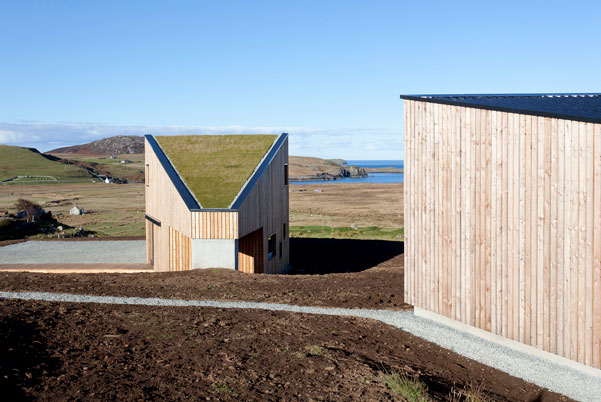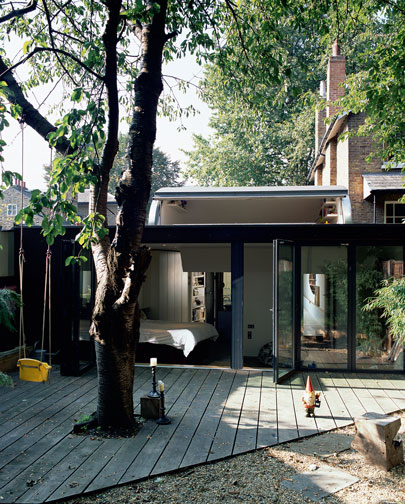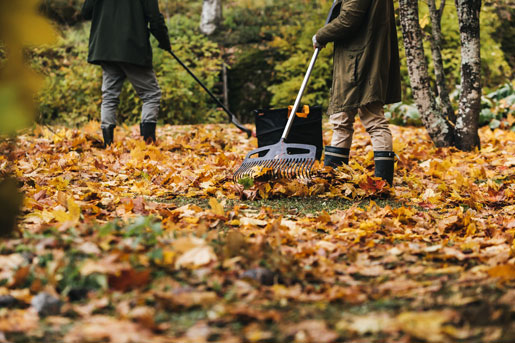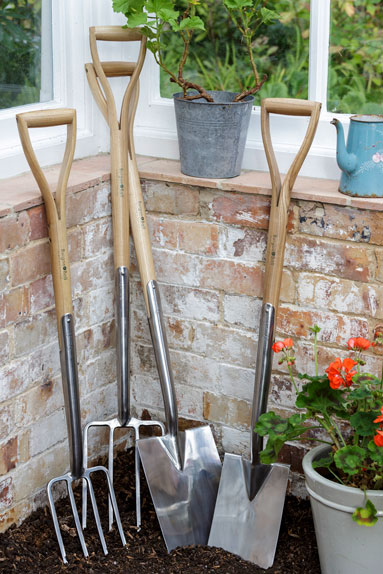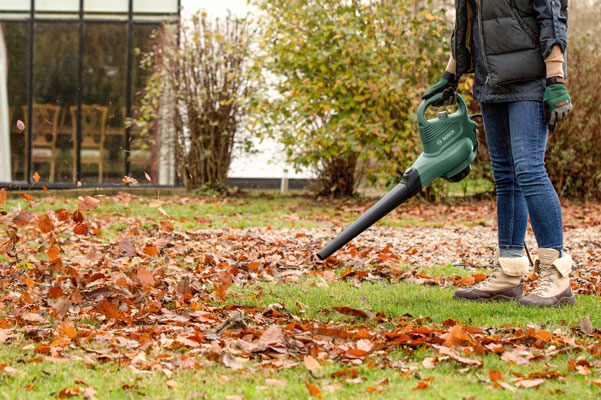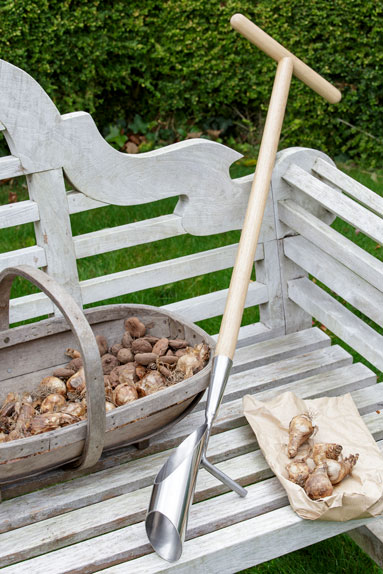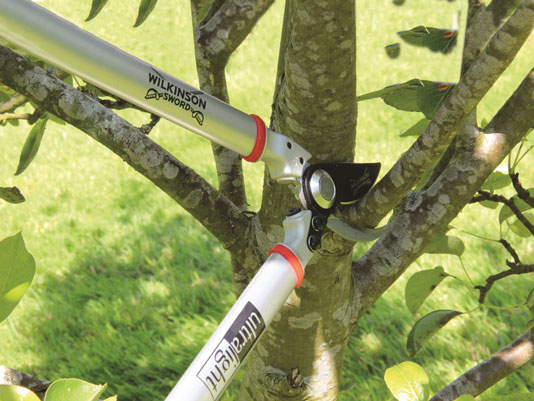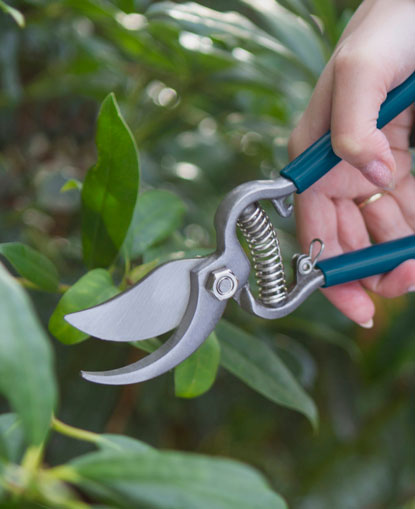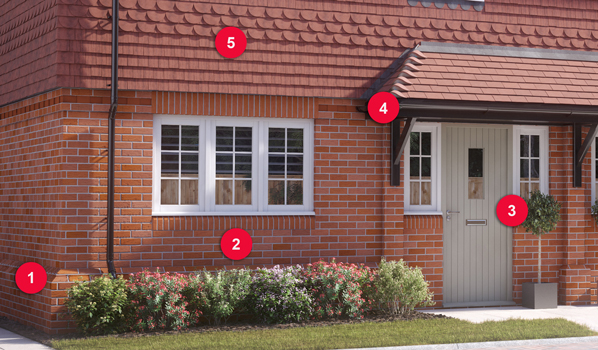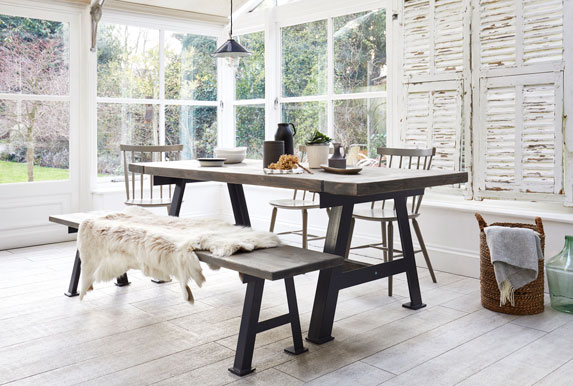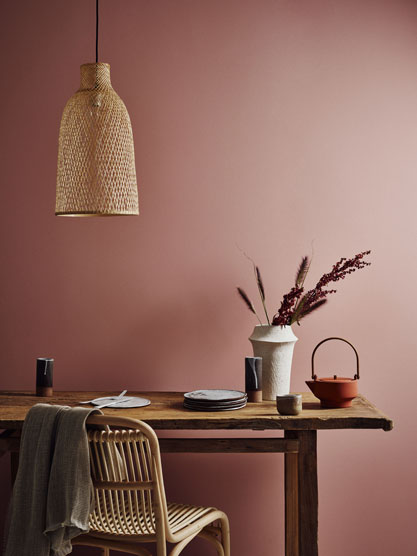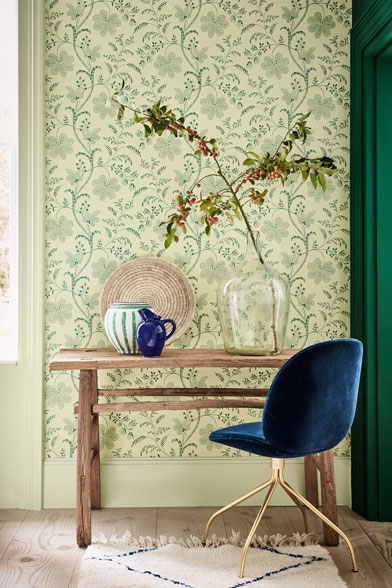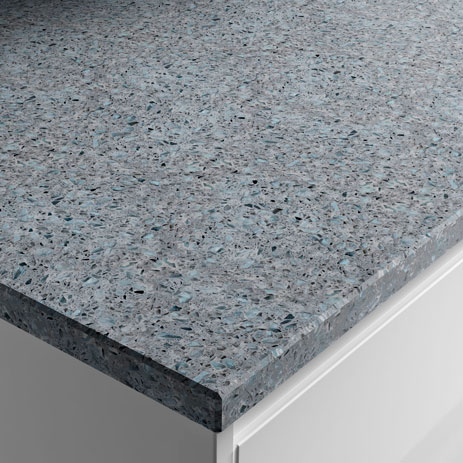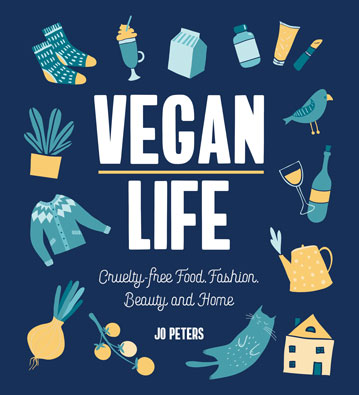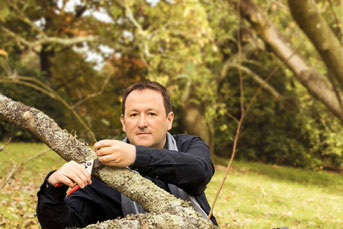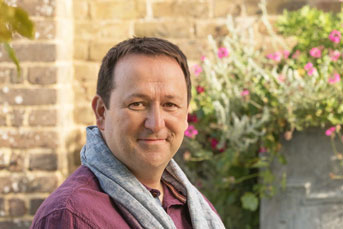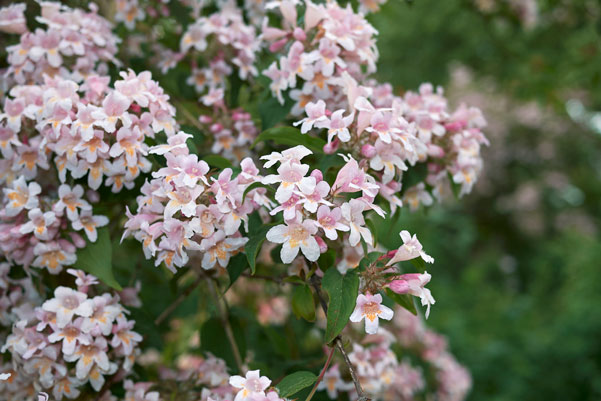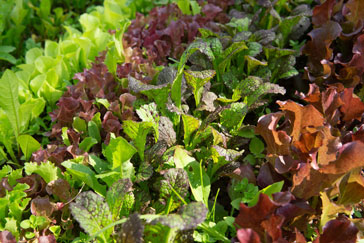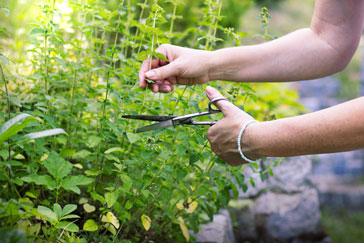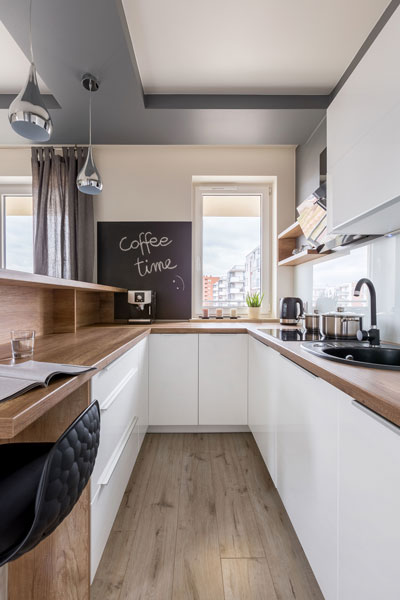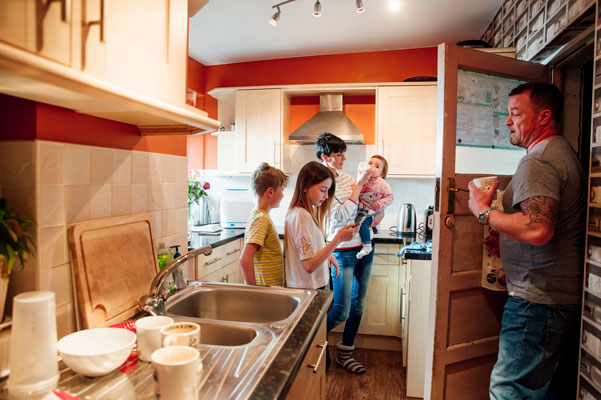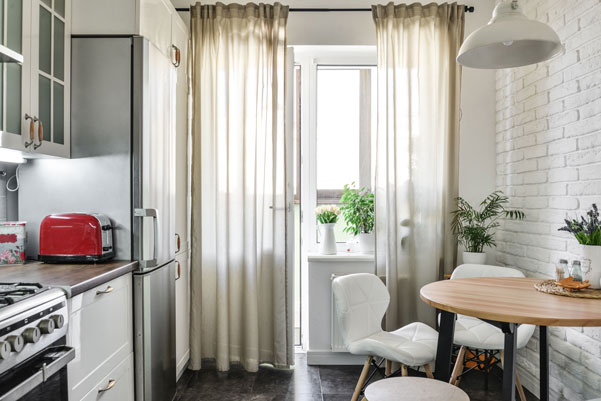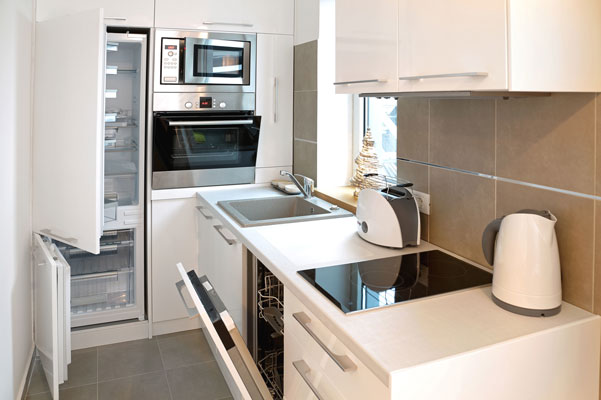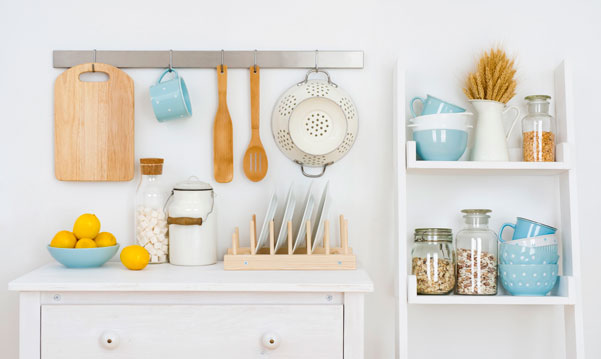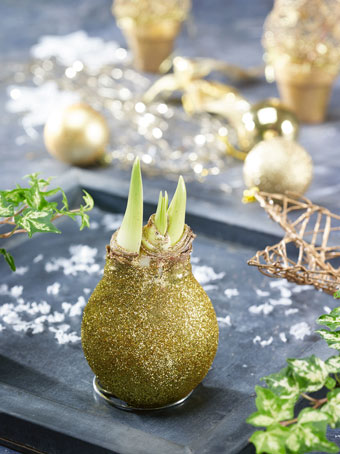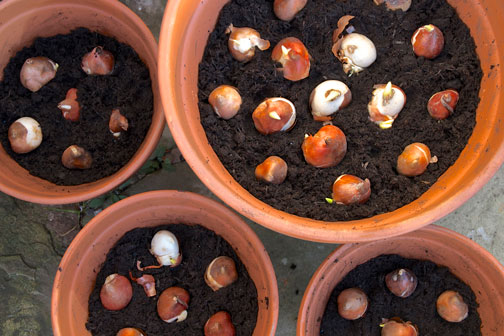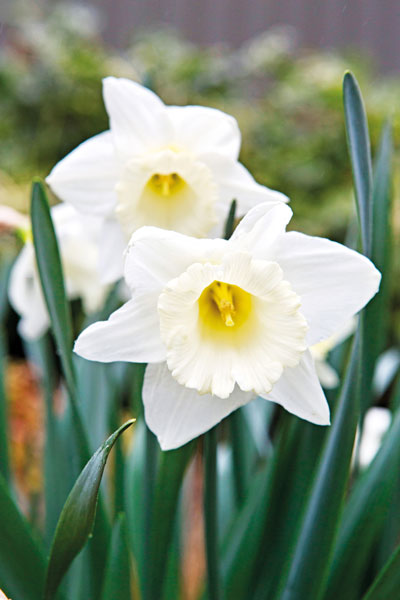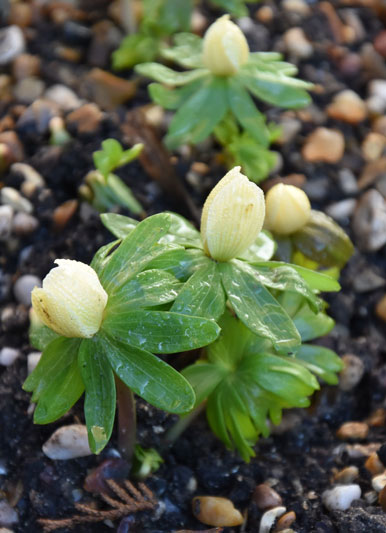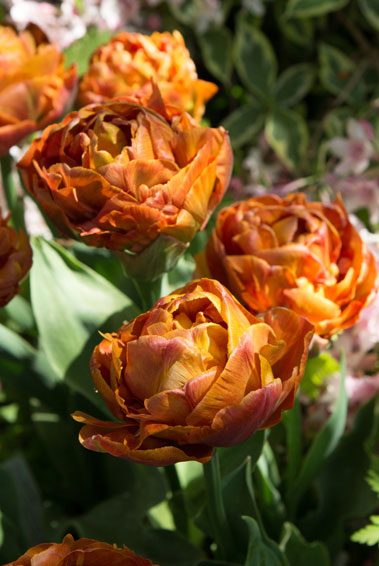The restaurant critic discusses memory, food and Dairylea with Ella Walker, on the release of his latest book.
“People have this image of me, face down in whatever’s available,” explains restaurant critic and MasterChef judge Jay Rayner, somewhat irked.
He admits that, to an extent, he does play up to that assumption, but beneath all the fork-wielding bravado, he is trying to impart that food “really isn’t just about how things taste. It goes into every part of our lives; it’s about politics and the environment, sex, relationships, family, and history – you can investigate the world through what’s on your plate.”
So accuse him of just stuffing his face for a living and he’ll tell you, “You don’t understand – it’s a subject as deep as the ocean”.
His new memoir-menu hybrid, My Last Supper: One Meal, A Lifetime In The Making, deep-dives into the bit of culinary ocean associated with him; 53-year-old, London born and bred Jay Rayner, father-of-two, radio presenter, jazz pianist, and garlic butter-drenched snails fanatic.
And yet it also asks a very fundamental question of us all: Imagine you’re on death row, what would your final meal be? It’s a question that’s been levelled an absurd number of times at Rayner, yet his usual quip (“I’d have lost my appetite”) doesn’t quite capture what’s really going on.
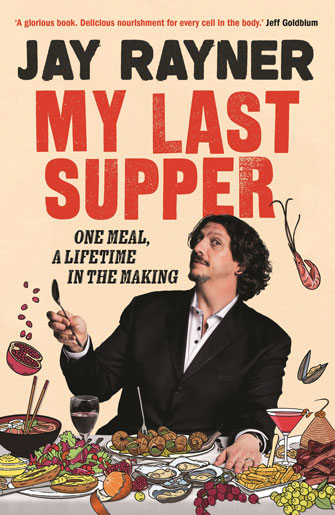
“What you’re really being asked is, ‘If there were no consequences, if nobody was watching, if you didn’t have to hate yourself in the morning, what would you have?'” he explains. “That struck me as interesting, because actually what you’re talking about is the foods that matter to you, that make you who you are.
“It’s about memory. The foods we love are not just to do with flavour and aesthetics, they’re to do with when you first tasted them and why, and what mood you were in.”
He recalls a tweet someone sent him about their own last meal: “[He wrote] ‘I’d go and knock on the door of what was my gran’s house, and ask if I could sit on the back step and eat a Dairylea triangle’.
“I thought, ‘Oh bless you, that’s absolutely lovely’ – now, is Dairylea the finest cheese in the world? No, but for that person, do they remind him of somebody he loved and who loved him, and loss, and all of that? Yes, they absolutely do, and in a way, the best foods operate as a time machine.”
My Last Supper tracks Rayner as he defines, and then serves, his own last meal – featuring those garlicky snails, as well as oysters and chips (his top five ‘fried-potato experiences are suitably ranked’) – while he is “still in a good enough state to enjoy it”. He takes stock of his life as he goes.
It is by turns exposing (“quite literally so,” he says of an instant in a brothel that turned into a bath-based interview), indulgent, envy-inducing, peppered with recipes, and unexpected – for him as well as the reader.

For instance, the chapter on alcohol and his “appalling booze choices over the years” (Thunderbird made it into his final dinner, not that we’re judging) “was actually about my control issues” he says, while to the consternation of many – particularly his younger son – salad features in what you’d think would be a wholly decadent dinner.
“I realise it’s because it reminds me of who I am,” says Rayner sincerely. “I love having salad at the end of a meal, and also it’s about self-care – which is a term I only came to understand very recently. It’s how you look after yourself, you’ve only got one body and all that sort of stuff.” And yes, you can find him in the gym quite regularly.
When asked what he learned about himself writing the book he pauses, then says, without bitterness or malice, that what “did strike me was that drama and adventure slightly comes to an end when children arrive”.
“I suppose that makes absolute sense,” he says, noting his sons are now 20 and 15. “The first 25 years of my life I did some outrageous things.”
“You need to embrace that period of your life when you are freer,” he adds. “I’m not always sure I did embrace it with enough commitment.”

He mentions his regret over not going to Berlin to witness the fall of the Berlin Wall, “because I was 23 and an important freelance journalist with too many deadlines – for god’s sake!” he says, laughing at himself with a certain amount of despair. “I was quite grandiose as a young man.”
Throughout the book he is frank, both in his recollections and his assessment of his life and tastes. (“The very least you owe the reader is to be honest and to be open.”)
“This is my last supper, it’s not anyone else’s,” he says, to the point of bluntness. “This is not a menu recommendation, and certainly, the last supper menu that comes out of it – please, don’t try this at home kids! It’s an insane meal in many ways, but that’s because it’s mine, it’s made up of my stories and my passions.”
So whatever your own ‘last meal’ might be (and whether or not it would include Dairylea), remember says Rayner: “It’s all so emotional, it’s about neighbourhoods, it’s about the people who feed you, it’s about memory.”
My Last Supper: One Meal, A Lifetime In The Making by Jay Rayner is published by Guardian Faber, priced £16.99. Available now. Visit jayrayner.co.uk/live-shows for My Last Supper live show details.



